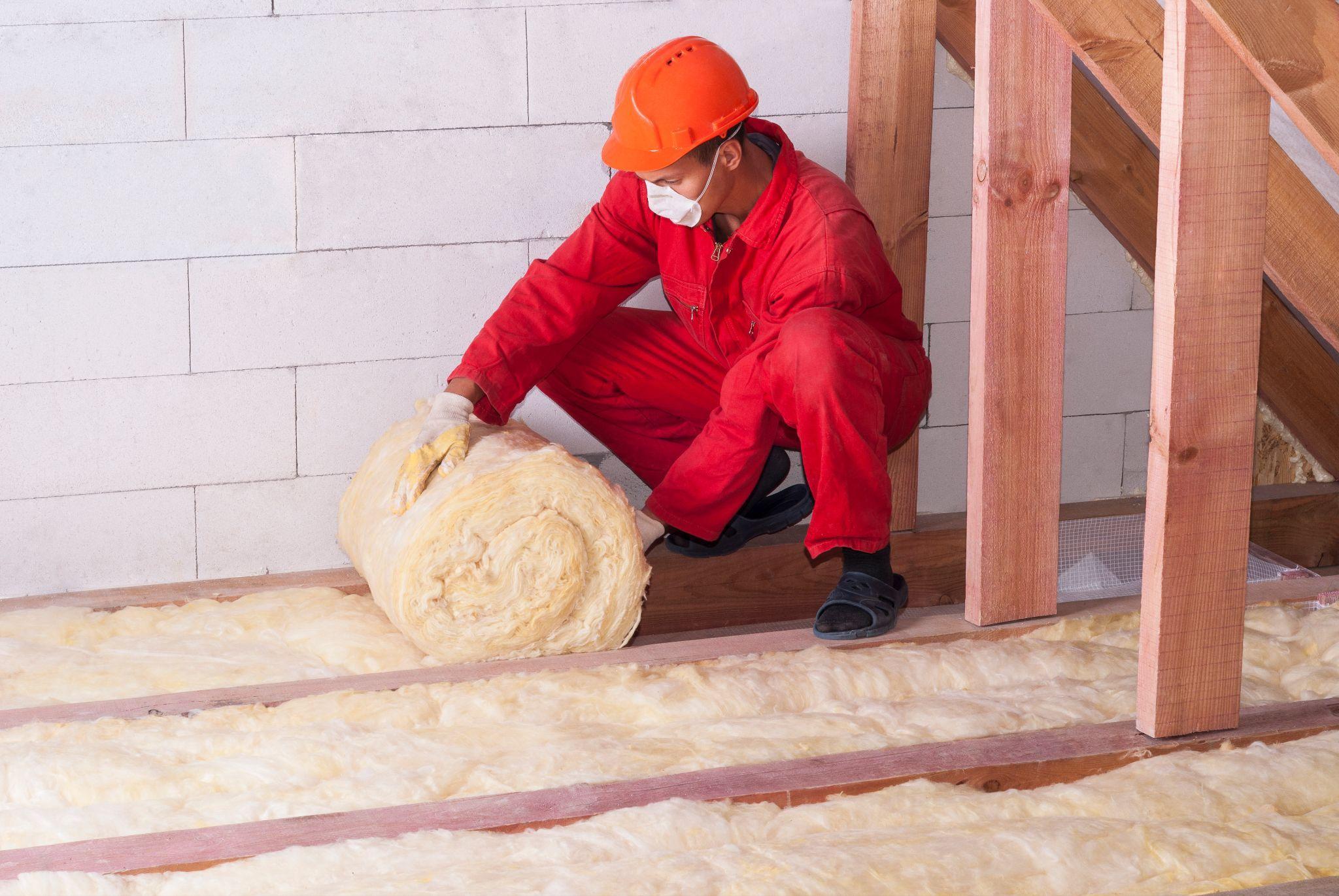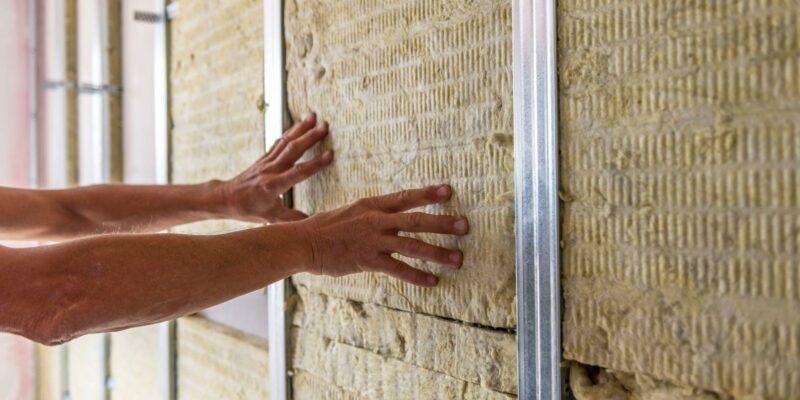‘Insulation’ – this often-overlooked home feature plays a crucial role in keeping our homes comfortable throughout the year. Yet, most homeowners don’t give it a second thought until they face a colossal heating bill or endure a sweltering summer day.
Understanding Insulation
Insulation works by slowing the heat flow from a warmer area to a cooler area. It’s an essential element in any home’s thermal envelope, the barrier between conditioned and unconditioned spaces. The effectiveness of insulation is determined by its R-Value – the higher the R-value, the better the insulation material is at reducing energy transfer.
There are several types of insulation materials available in the market:
- Batt and Roll Insulation: Also known as blanket insulation, it is commonly made from fiberglass or ‘mineral wool attic insulation’. It’s one of the most common types used in ‘attic insulation’.
- Spray Foam Insulation: This expands when applied, creating a seal that’s effective in awkwardly shaped areas.
- Loose-Fill Insulation: This is typically made from cellulose, fiberglass, or mineral wool and is blown into spaces like attics.
- Rigid Foam Board Insulation: These are stiff panels of insulation applied to walls, roofs, and foundations.
The Role of Insulation in Homes
Insulation’s role in homes is multifaceted:
- Thermal Comfort: By reducing heat gain in summer and heat loss in winter, insulation helps maintain a consistent temperature in your home. ‘Home insulation services’ help achieve this comfortable indoor climate.
- Energy Efficiency: Effective insulation reduces the load on your HVAC system, reducing energy consumption and lowering energy bills.
- Soundproofing: Insulation can absorb sound, reducing unwanted noise from outside or between different rooms and floors within the home.
- Environmental Impact: By reducing energy consumption, insulation indirectly decreases the emission of greenhouse gases, thereby contributing to a healthier environment.
Factors to Consider When Choosing Insulation
When choosing insulation for your home, consider the following:
- Insulation’s R-Value: Different climates require different R-Values. Be sure to choose an insulation material with an appropriate R-Value for your area.
- Area of Your Home: Different areas of your home may require different types of insulation. For example, loose-fill or batt insulation is often used in attics, while rigid board insulation might be used for walls.
- Local Climate: The climate where you live will impact your insulation choice. If you live in a colder climate, you’ll need insulation with a higher R-Value to maintain a comfortable temperature in your home.
Insulation Installation Techniques
How insulation is installed is crucial to its effectiveness. ‘Insulation installation services’ typically include the following steps:
- Preparation: This includes cleaning the area where the insulation will be installed and removing any obstacles.
- Application: The insulation is installed in the designated area, taking care to avoid gaps.
- Sealing: After the insulation is in place, any gaps are sealed to ensure effectiveness.
While DIY installation can be an option for some types of insulation, professional ‘insulation contractors’ should handle other forms like spray foam insulation for safety reasons.
Maintaining and Upgrading Your Home’s Insulation
Over time, your home’s insulation may require maintenance or upgrades. Here are a few tips:
- Regular Inspection: Regularly check your insulation for signs of damage or wear. Look out for damp insulation as it may indicate a leak in your home’s exterior.
- Address Issues Promptly: If you find any problems, it’s essential to address them as soon as possible to maintain your home’s comfort and energy efficiency. Hiring ‘insulation companies in Los Angeles’ or your local area can ensure the job is done right.
- Upgrade When Necessary: If your home has older insulation or if your energy bills are steadily rising, it may be time for an insulation upgrade. This is particularly crucial in attics, where a significant amount of heat can be lost.

The Environmental Impact of Insulation
Effective insulation reduces the energy needed to heat or cool your home, thereby reducing the amount of greenhouse gases your home produces. Environmentally friendly insulation options, like cellulose or mineral wool, can further decrease your home’s environmental impact.
Conclusion
Whether you’re considering ‘insulation installation services’ for a new home or wondering about ‘insulation prices’ for upgrading your current setup, the importance of insulation cannot be overstated. A well-insulated home provides a comfortable living environment, reduces energy costs, and lessens your carbon footprint. Regardless of whether you live in the heart of ‘Los Angeles’ or in the rural outskirts, insulation is a crucial aspect of home maintenance that deserves your attention.













Comments